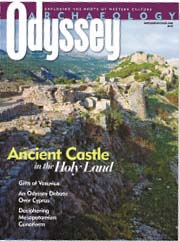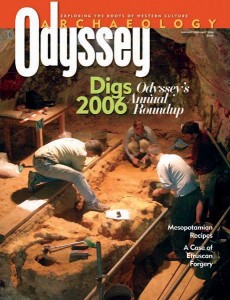Gilgamesh’s Ending

I welcome Jack Meinhardt’s essay on the Gilgamesh epic (“Gilgamesh—Like You’ve Never Seen Him Before,” July/August 2005), but I take issue with the statement in the footnote on page 43 that Stephen Mitchell’s decision to omit Tablet 12 from his translation is “somewhat arbitrary.”
That the epic originally ended with Tablet 11 is made clear by the way the last lines (322–328) of Tablet 11 repeat lines 18–23 of Tablet 1. The epic opens with a eulogy of Gilgamesh, inviting the audience to “climb Uruk’s wall ... survey its brickwork” and see the size of the city. At the end of the epic, Gilgamesh invites Ur-Shanabi, the ferryman who accompanied him back to Uruk, to do the same.
The walls of Uruk are a lasting memorial to Gilgamesh, as physical immortality has eluded him. Tablet 12, on the other hand, is a translation of the second half of a Sumerian poem, “Gilgamesh and the Netherworld,” that is not part of the Akkadian epic (see Andrew George, The Epic of Gilgamesh: A New Translation [Penguin Press, 1999], p. 100).
Already a library member? Log in here.
Institution user? Log in with your IP address.

